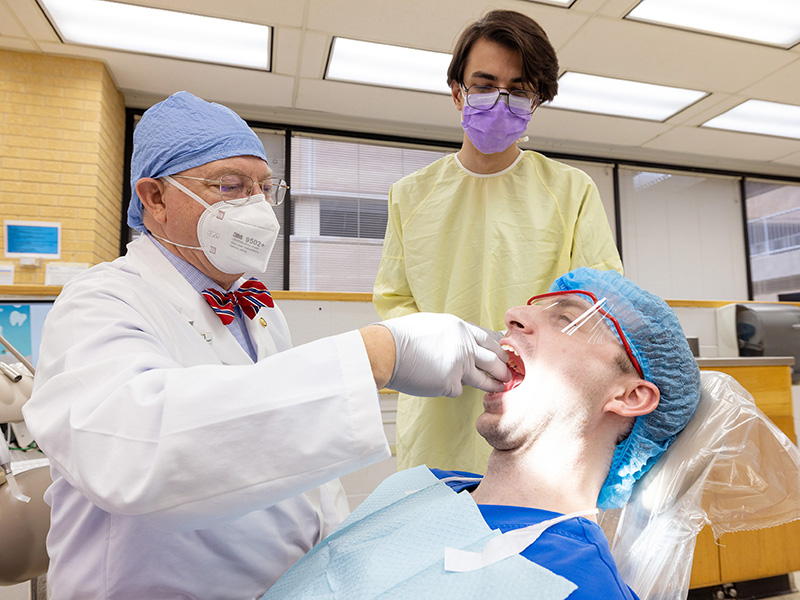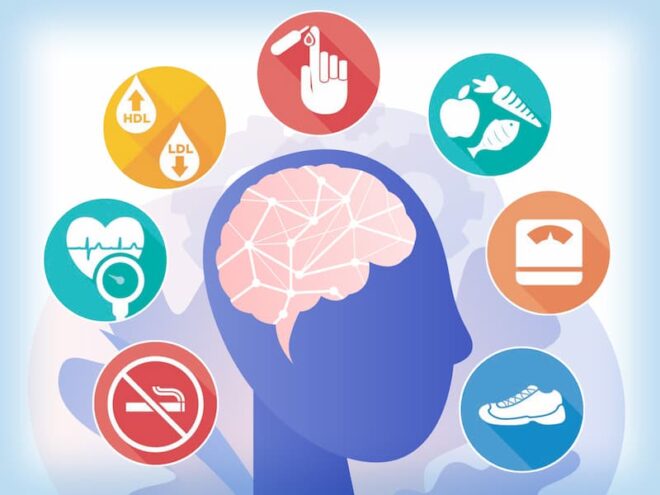Virginia Tech Shooter Mental Health: Unveiling Crisis Signals
The Virginia Tech shooter, Seung-Hui Cho, had a history of mental health issues. He was diagnosed with severe anxiety disorder and major depressive disorder.
On April 16, 2007, the Virginia Tech community experienced one of the deadliest mass shootings in U. S. History. Seung-Hui Cho, a senior at Virginia Tech, perpetrated the attack, leading to 32 fatalities before he took his own life. Questions surrounding Cho’s mental health arose immediately after the tragedy, as investigations uncovered his prior diagnosis and treatment.
This discovery sparked intense discussions about mental health awareness and campus safety protocols. Understanding the connection between Cho’s mental state and the violence he inflicted has been crucial in formulating policies to prevent such incidents in the future. The incident remains a devastating reminder of the potential consequences of untreated mental health conditions.

Credit: www.umc.edu
The Virginia Tech Tragedy
The Virginia Tech tragedy was a dark day in history. On April 16, 2007, a shooter unleashed terror on campus. This event stands as one of the deadliest school shootings in the United States. Students and faculty were amidst their daily routines when the shooting started.
Cho Seung-Hui, a 23-year-old senior, was identified as the shooter. Cho’s background revealed struggles with severe mental health issues. These concerns had been noted by teachers and classmates alike. His actions on that day were well-planned and deliberate. He chained doors shut to block escapes and ambushed victims in classrooms.
Cho took the lives of 32 individuals and injured many more before ending his own life. This catastrophic event shocked the nation profoundly. It also sparked discussions about campus safety, gun laws, and mental health support. The Virginia Tech community united in grief and resilience during the aftermath.
Pre-attack Behavior
The Virginia Tech shooter, Seung-Hui Cho, had a complex mental health history. Prior to the attack, there were multiple red flags indicating his struggle with mental illness. Cho’s behavior raised concerns among those around him. Teachers and students noted his isolated demeanor and disturbing writings.
Records reveal that Cho had received mental health assessments before the tragedy. Unfortunately, these did not effectively predict or prevent the subsequent events. Explicit warnings included his declaration of wanting to repeat the Columbine massacre. This information now underscores the need for proactive mental health support and vigilant observation in similar situations.
Breaking Down Communication Barriers
The Virginia Tech tragedy exposed key failures in handling mental health concerns. Cho Seung-Hui, the shooter, displayed warning signs that were not adequately addressed. Multiple instances showed Cho’s troubling behavior, yet intervention was insufficient. Stakeholders missed critical juncture points to offer help.
Teachers and classmates noted Cho’s disturbing writings and demeanor. Despite this, action was limited to referrals and counseling suggestions. School policies aimed at maintaining student privacy prevented a cohesive response. Necessary information sharing among departments was hampered, blocking a collective effort. Effective threat assessment practices were not in place to evaluate the looming risks appropriately.

Credit: www.wfxrtv.com
Understanding Mental Illness
Many people believe myths about mental health. It’s important to know the truth. One big myth is that a mental illness is a sign of weakness. This is not true. Mental health issues are complex and can affect anyone.
Mental illnesses are not always visible. So, people might wrongly think someone is fine. They don’t see the person is struggling. Some might even blame the person for their condition. This blame can hurt.
People with mental health issues often face stigma. They can lose friends or jobs because of misunderstanding. This is not fair or right. We must change this. Everyone deserves respect and support.
Campus Mental Health Framework
Universities play a vital role in shaping student well-being. Support systems are key to maintaining mental health on campus. A well-crafted framework ensures a safe educational environment. Effective policies can prevent tragedies and foster community resilience.
A good plan includes training for staff and students. Recognizing signs of distress is important. Quick access to professional help is critical. Regular wellness checks can keep problems from growing. A variety of services must be offered to meet different needs.

Credit: www.cnn.com
Legal And Ethical Responsibilities
Understanding the balance between privacy laws and safety concerns is vital. Privacy laws protect a person’s medical details. Yet, safety concerns may justify sharing some info. It’s a tough issue.
Ethical considerations are crucial in mental health reporting. Journalists must respect privacy. At the same time, they must report facts. The public needs correct information to stay safe.
Dealing with the legal aspects involves knowing various laws. For example, HIPAA in the United States safeguards patient health information. It means keeping sensitive details confidential unless there is a clear, present danger to others.
Public safety can sometimes override privacy rights. This is true when a person poses a clear, immediate threat. Protecting the community is then the priority.
Policy Changes Post-tragedy
The Virginia Tech tragedy led to vital policy tweaks. The university bolstered their emergency response systems. Quick communication became a top focus. They now have mass notification systems in place.
This tragedy touched all corners of the nation. Colleges nationwide saw the need for change. Many put new safety protocols into action. Some have security assessments and behavioral intervention teams.
| Virginia Tech Changes | National Changes |
| Mass notifications for emergencies | Widespread campus security upgrades |
| Better mental health services | Improved threat assessment methods |
Enhancing Crisis Intervention
Early detection of mental health crises is critical. Close observation of behavior changes is key. Schools can train staff to spot warning signs. This includes sudden mood shifts or isolation.
Communication channels between students and counselors must be clear. Workshops on emotional health can help too. They allow students to understand and express their feelings safely. Rapid intervention can prevent tragedies.
Improving crisis response requires a solid plan. Team coordination is necessary for timely action. This means connecting with local health services quickly. It’s about streamlining processes for immediate help. A collaborative approach ensures that help arrives fast.
The Road To Recovery
Ongoing support plays a vital role. Survivors and their families need care. Tragedy leaves a deep impact. Mental health services are crucial. Community healing is a long journey. We must stick together.
Frequently Asked Questions On Virginia Tech Shooter Mental Health
Who Was The Virginia Tech Shooter?
The Virginia Tech shooter was Seung-Hui Cho, a senior at Virginia Tech. He carried out the massacre on April 16, 2007.
What Were The Shooter’s Mental Health Issues?
Seung-Hui Cho had been diagnosed with severe anxiety disorder as well as selective mutism. He had received therapy and special education support.
How Did Mental Health Contribute To The Shooting?
Cho’s untreated or inadequately treated mental health problems likely played a role in the tragedy. Warning signs were missed or not sufficiently acted upon by multiple parties.
Were There Warning Signs Before The Virginia Tech Shooting?
Yes, there were several warning signs like Cho’s social isolation, disturbing writings, and past mental health evaluations indicating potential risk.
Conclusion
Understanding the psychological factors behind the Virginia Tech tragedy is crucial for prevention. It’s key to prioritizing mental health and early intervention in educational settings. By fostering awareness and support, we can aim to prevent future incidents. Let’s champion mental wellness in our communities for a safer tomorrow.
